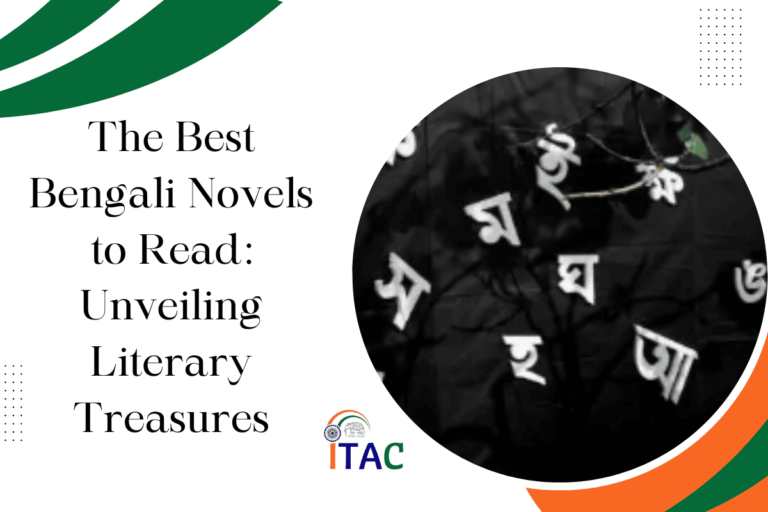Embroidery has long been a cornerstone of textile decoration in various cultures around the world. Among the myriad techniques, Dabka work and Zardozi embroidery stand out for their exquisite beauty and intricate craftsmanship. Both rooted in the rich tapestry of South Asian artistry, these methods have adorned everything from royal attire to contemporary fashion, each telling its own story of heritage, skill, and creativity. This blog delves into the world of Dabka work and Zardozi, exploring their histories, techniques, materials, applications, and how they differ from each other.
Table of Contents
The Essence of Dabka Work
Dabka work, also known as Dabka embroidery, is a traditional form of embroidery that originated in the Indian subcontinent. It is renowned for its intricate designs and the use of coiled thin metallic wire, primarily in gold and silver tones, which is sewn onto fabric to create patterns that often mimic floral and geometric shapes.
- Historical Roots of Dabka Work: Dabka embroidery has been a part of the cultural heritage of Rajasthan, Punjab, and other parts of India for centuries. Historically, it was used to embellish the attire of royalty and the nobility, signifying wealth and status. Over time, the technique spread and became popular for decorating various items such as shoes (juttis), bags, and home décor.
- Techniques and Materials: The process of Dabka work involves first tracing the design onto the fabric. Artisans then use a needle to sew the Dabka (the coiled wire) onto the fabric, following the traced patterns. This requires immense skill and patience, as the wire must be manipulated delicately to create the desired shapes without breaking.
- Properties of Dabka Wire: Dabka work, a traditional embroidery form, is distinguished by its use of Dabka wire—a fine, flat metal traditionally made from copper or silver and coated with a thin layer of gold or silver. This unique construction gives Dabka wire its lightweight and flexible characteristics, making it ideal for creating intricate embroidery designs. The metallic sheen of the wire adds a luxurious touch to the fabric, bringing patterns to life with its elegant glow.
- Stitching Techniques: The artistry of Dabka work is further amplified by the specific stitching techniques employed by artisans. These include:
- Straight Stitch: This basic stitch is crucial for attaching the Dabka wire to the fabric, forming the foundation of the design.
- Back Stitch: Essential for securing the ends of the wire, this stitch ensures durability and continuity in the pattern.
- Couching Stitch: A technique that allows the Dabka wire to be laid on the fabric’s surface and then fastened with small stitches, creating a raised effect that adds depth and dimension to the embroidery.
- Regional Variations: While Dabka embroidery is celebrated across the Indian subcontinent, it boasts distinct regional variations that reflect local culture and traditions. For instance:
- Marwar Style from Rajasthan: Known for its geometric patterns, this style emphasizes precision and symmetry, often featuring motifs inspired by the region’s architectural and natural beauty.
- Sindhi Style: This variation is notable for its vibrant use of colored threads alongside Dabka, creating a rich tapestry of colors that complement the metallic sheen of the wire.
- Modern Applications: Dabka work has transcended its traditional roots to find a place in modern fashion and decor. Today, it adorns contemporary attire such as jackets and clutches, bringing a touch of tradition to modern styles. In home decor, Dabka embroidery embellished cushion covers and wall hangings, adding elegance and cultural richness to living spaces. Additionally, it has made its way into accessories like jewelry and belts, showcasing the versatility and enduring appeal of this exquisite embroidery technique.
Here is an example of Dabka work:
The Splendor of Zardozi Embroidery
Zardozi embroidery, on the other hand, is a more opulent and heavier embroidery form that uses metal bullions, beads, and precious stones, in addition to metallic threads. The word ‘Zardozi’ is derived from the Persian words ‘zar’ meaning gold and ‘dozi’ meaning embroidery, reflecting the luxurious nature of this technique.
Historical Significance of Zardozi
Zardozi has been in existence since ancient times, with references dating back to the Vedic texts. It flourished during the Mughal era in India, where it was patronized by the emperors and used in the royal courts to decorate tents, wall hangings, and the robes of the royalty. This form of embroidery symbolized prestige and was a marker of high social status.
Techniques and Materials:
The magic of Zardozi embroidery unfolds through the use of a specialized needle known as an Aari. This tool enables artisans to perform the meticulous task of weaving metallic threads around a constellation of beads, sequins, and gemstones, bringing to life designs that are as intricate as they are extravagant. The process of Zardozi embroidery is both an art and a science, requiring the fabric to be stretched over a wooden frame, known as an ‘adda’, to facilitate the precise and elaborate embroidery work.
This technique allows for the creation of patterns that are rich in texture and dimension, showcasing motifs that are often inspired by nature, mythology, and the royal courts’ splendor. The materials used in Zardozi—ranging from fine gold and silver threads to crystals, pearls, and semi-precious stones—add layers of depth and luminosity to the embroidery, making each piece a unique work of art.
Here is an example of Zardozi work:
Dabka Work vs Zardozi: Understanding the Differences
While both Dabka work and Zardozi are celebrated for their beauty and complexity, there are distinct differences between the two.
- Complexity and Materials: Dabka work is primarily characterized by its use of coiled wire, making it less heavy compared to Zardozi, which incorporates a variety of embellishments including precious stones, beads, and pearls, making it more intricate and luxurious.
- Application and Usage: Dabka work, due to its relatively lighter nature, is often used in garments such as saris, lehengas, and kurtas. Zardozi, with its heavier embellishments, is preferred for more opulent pieces, including bridal wear, ceremonial attire, and decorative items that demand a richer, more lavish appearance.
- Skill and Time: Both techniques require a high level of skill and are time-consuming. However, Zardozi is generally considered more labor-intensive due to its complexity and the variety of materials used.
Conclusion: A Tapestry of Tradition
Dabka work and Zardozi are both magnificent forms of embroidery that highlight the skill, patience, and creativity of artisans. While they share similarities in their origins and applications, the differences in materials, technique, and usage underscore the diversity and richness of textile traditions. As we continue to celebrate and preserve these ancient arts, we not only honor the past but also inspire future generations to appreciate and innovate within these traditional crafts.











